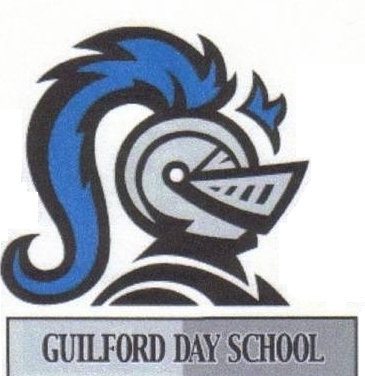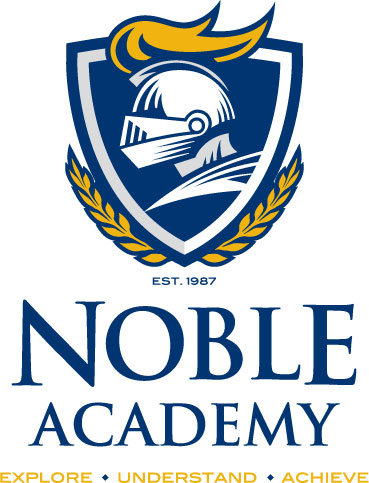It’s been several years ago, but I remember like it was yesterday a conversation I had with the Head of School at a small, private school in Greensboro, N.C. “We would like to talk to you about some public relations projects. We might freshen up the logo a bit,” she said. “There are a lot of misperceptions about our school.”
It was a conversation that sounded like so many others I have had over the years – a lack of clarity around the brand and the message. In this case, a private school focused exclusively on serving students with learning differences didn’t feel their story was really getting out into the local market.
However, as we began to unpack their marketing challenges through a fairly straightforward discovery process, it became clear that they were dealing with deeper marketing issues that a simple logo refresh and a few press releases wouldn’t fix.

As we talked with parents about their perceptions of the school’s brand, several of them mentioned that, when asked where their kids go to school, they routinely had to explain, “No, not Greensboro Day School. The other GDS – Guilford Day School.” Some parents reported frequently hearing, “Oh, that’s the school with the really good football team.” No, that’s Greensboro Day School. Guilford Day School helps students with learning differences.
In fact, the confusion was so bad that a chartered bus that was supposed to take a group of Guilford Day School students on a field trip pulled up in front of Greensboro Day School, the driver convinced he was in the right place.
It was fascinating to watch this brand confusion issue bubble up. We would be conducting a routine focus group, then someone would bring up the “GDS issue,” and immediately the angst was palpable. It was a recurring theme among board members, faculty and parents. The parents, faculty and Board were simply tired of having to (in the words of a parent) “explain who we aren’t before we can explain who we are.”
Can you see where this was going?
Here we were talking about developing a new logo, when in fact all a new logo would do is sentence the school to another decade of confusion with a cross-town brand. It became evident that Guilford Day School needed to address a deeper marketing issue that wasn’t even on their radar when they called North Star Marketing.
I met with the Head of School and shared with her that she had an identity crisis on her hands. She wasn’t surprised by the angst among the parents. They had been confused with the other GDS for years. But she was surprised that I recommended a name change.
We talked through the implications of not changing the name, and it became evident that there was no better time to address the issue in a once-and-for-all way. There was talk of a building expansion, of new programs, of new enrollment goals. It was now or never.
She was in.
Although the name change recommendation was a surprise to the Board, they listened with an open mind to the discovery feedback and warmed up to the idea. Shortly thereafter, they engaged North Star to take them through a name change process. We involved the entire school community and worked closely with the school’s leadership to develop a fresh, new concept that paid tribute to the school’s heritage while creating a unique, forward-looking identity.

A few months later, Guilford Day School officially changed its name to Noble Academy. The new brand was launched with a new logo, color scheme, website, print collateral, advertising campaign and online marketing initiative. A few months later, their new brand was tiled into the floor of the entrance area of their new building.
That was a fun project. We still help Noble Academy with their online marketing, and it’s rewarding to see how they use their brand in the day-to-day life of the school.
Now, I want to point out that we rarely recommend that an organization change its name. We’re big believers in brand equity. If there’s nothing fundamentally broken in the identity, it usually makes no sense to flush brand awareness down the drain. However, the Noble Academy engagement is a classic example of how marketing projects can surface deeper issues that, if not addressed, can cause major problems down the road.

I realize I took you down the scenic route to illustrate my point, but I think it’s worth the walk if you are in a good place to hear the main take-away from this blog post:
If you start a marketing project that surfaces deeper issues, deal with the reality that is rather than the reality that you hope to see.
Ignoring deeper marketing infrastructure issues will not make them go away. It will eventually become obvious where you have cracks in your marketing foundation when you “stress the system” with traditional and online promotions. You’ll know because your brand will be plagued by misperceptions and poor quality leads.
So, how do you know when you’ve stumbled on a “deeper marketing issue”? Here are several examples:
- Website projects that reveal a lack of consistent branding
- Branding projects that expose a lack of clarity around target markets and audience segments
- Advertising projects that are not tied to any overarching strategy
- Search engine optimization initiatives that surface the need for better calls to action on the website (and, in some cases, a lack of clarity on how to manage leads when they come in)
- Photography projects that demonstrate a lack of clarity around the various audiences a brand is targeting
- Website refresh projects that demonstrate an organization’s products and services are substantially underrepresented with solid content
- Print collateral projects that are in no way rooted in brand standards and have little connectivity to the aesthetics on the website
- Marketing planning projects that reveal a lack of alignment between company-wide objectives and the investment required to meet the objectives
- Website projects that indicate that IT owns the website rather than marketing
- Social media projects that are not tied to any overarching strategic aims
Marketing is not a project. It is not an ad. It is not a website. It is sustained, applied pressure over time that positions your brand to be positively perceived and engaged by the markets you choose to serve.
Now, if you’re considering a marketing project, don’t let this post petrify you. Rather, consider this an encouragement to be open-minded about issues that may pop up along the way. You don’t necessarily have to stop the project you had planned to execute at the outset; in fact, the original project can often be done in parallel while addressing the marketing infrastructure issues you surfaced in the ramp-up phase. Just be committed to laying the long-term groundwork you need to consistently, intentionally market your brand with confidence.
Hopefully, you won’t be thinking about name change as you finish this article. But, if you are, we know of a certain private school in Greensboro, NC, that might offer some encouragement.

